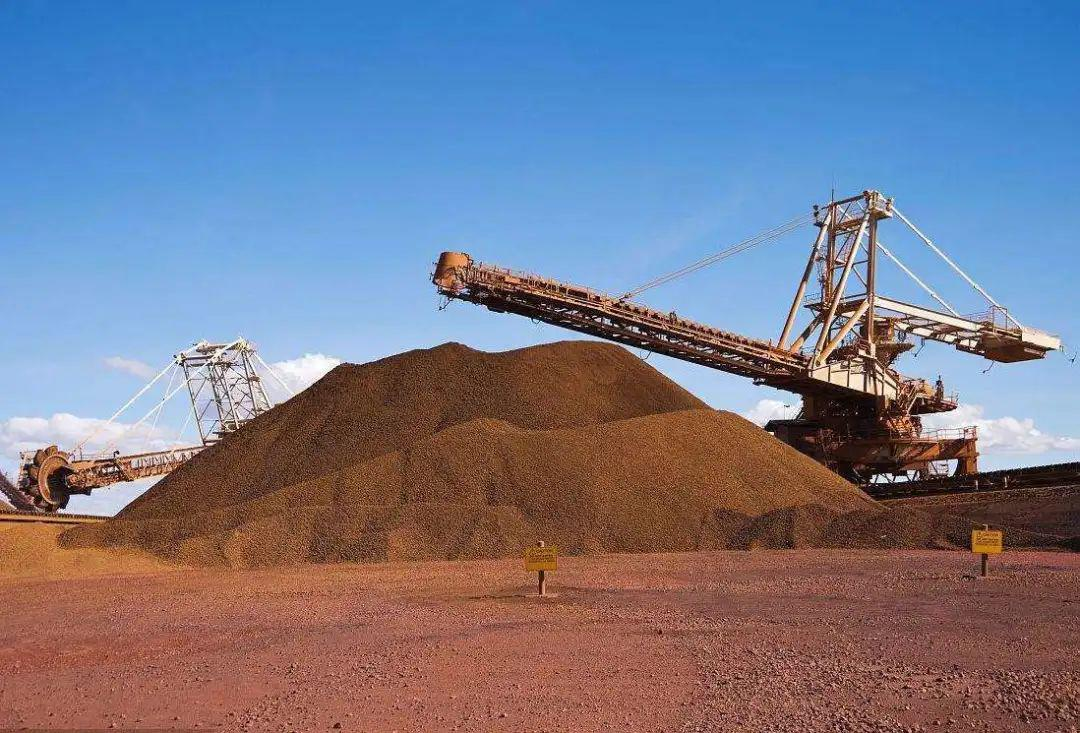Demand Accelerates Decline Affected by persistent heavy rainfall in southern regions, Typhoon "Butterfly," and construction…
In 2020, the global iron ore trade volume was 1.658 billion tons, a year-on-year increase of 0.4%. Among them, China’s import of iron ore (iron ore and its concentrate) increased by 9.5% year-on-year to 1.17 billion tons, a record high, accounting for 70.6% of global trade.
In 2019, the global iron ore output was 2.336 billion tons (China’s output has been adjusted so that the iron content is close to the world average content), a year-on-year increase of 4.8%. Among them, Australia’s iron ore output was 919 million tons, an increase of 2.0% year-on-year, accounting for 39.3% of global output; Brazil’s output was 390 million tons, a year-on-year decrease of 13.0%, accounting for 16.7%; China’s output was 241 million tons, a year-on-year increase of 65.5%, accounting for 10.3%; India’s output was 233 million tons, a year-on-year increase of 13.7%, accounting for 10.0%. Australia and Brazil together accounted for 56% of iron ore production. It can be seen that the global iron ore resource concentration is relatively high, which is also one of the main reasons for pushing up iron ore prices since last year.

In 2019, the global apparent consumption of iron ore was 2.316 billion tons, a year-on-year increase of 7.9%. Among them, China’s apparent consumption was 1.296 billion tons, a year-on-year increase of 8.0%, accounting for 56.0% of the global share. India’s apparent iron ore consumption in 2019 was 204 million tons, a year-on-year increase of 0.5%, accounting for 8.8% of global consumption, ranking behind China.




